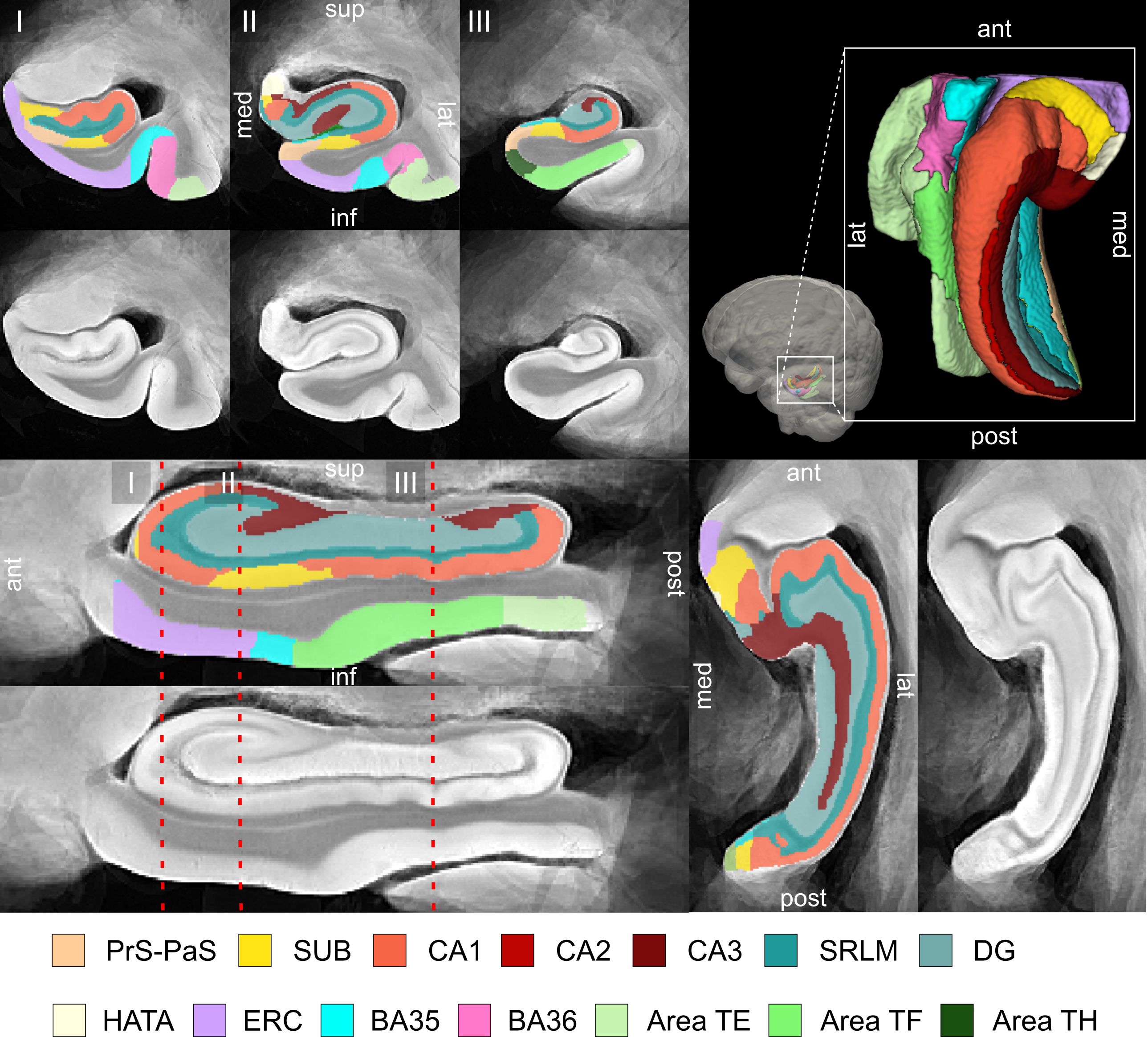Sadhana Ravikumar, PhD
I grew up in Gaborone, Botswana for the first 18 years of my life. Living in Botswana, a developing nation that suffers from an acute shortage of advanced medical services, I became aware of the immense promise that technology holds for improving access to reliable healthcare. In the future, I am interested in leveraging my skills which lie at the intersection of medicine, computer science, and engineering to explore the potential of healthcare technologies in countries with limited resources.
I obtained an M.Sc in Biomedical Engineering from Carnege Mellon University where I worked with Prof. Steven Chase. Before that, I received a B.Sc in Electrical Engineering from the University of Cape Town, South Africa.

